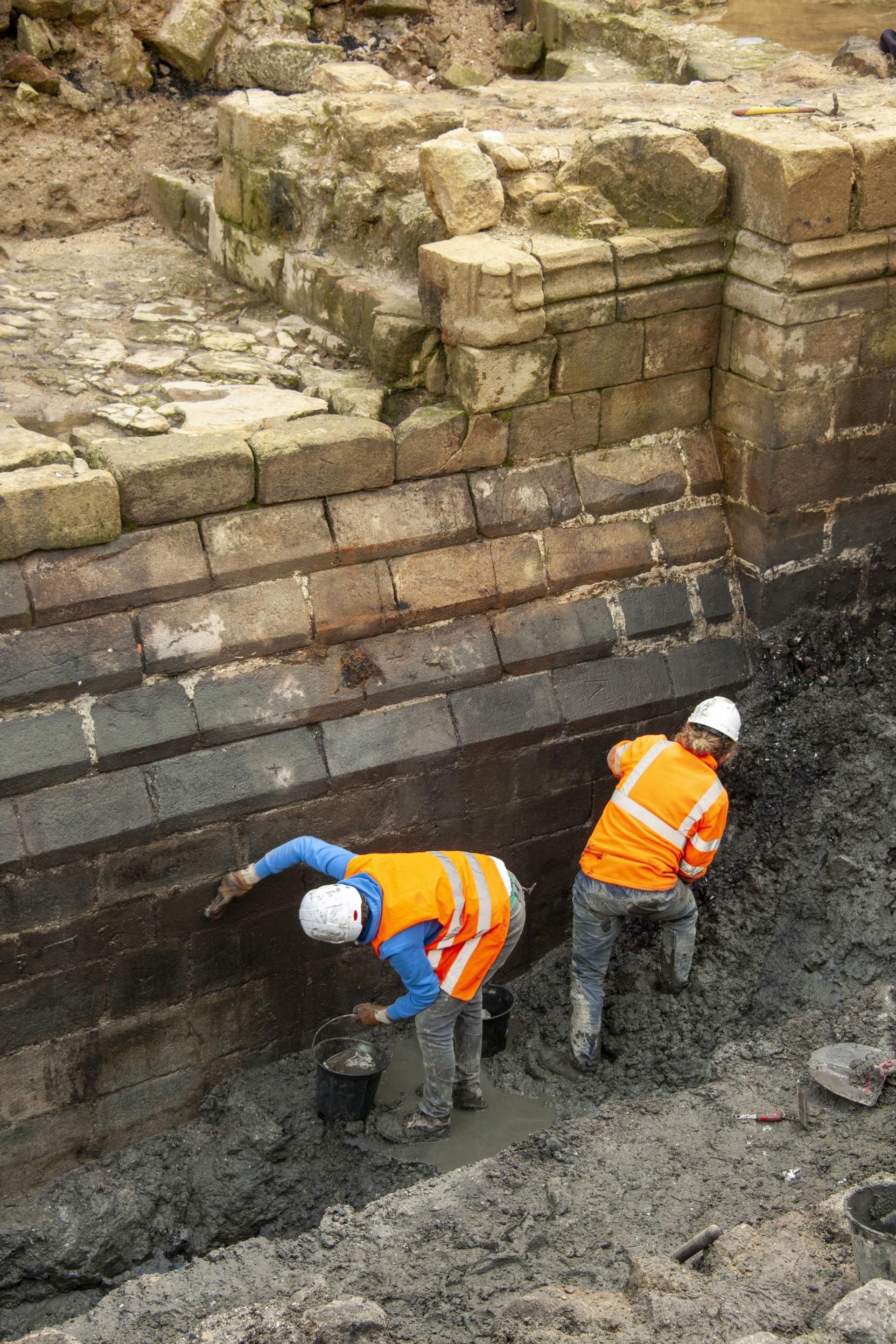Details of the find
In the spring of 2023, archaeologists from the French National Institute for Preventive Archaeological Research (INRAP) excavated the courtyard and cellars of the Hotel Lagorce, built in the 18th century on the ruins of a medieval castle known as Chateau de l’Hermine. . Located in Bath, a village on the west coast of the Brittany region, the castle was built in 1381 by Duke IV of Brittany. It was built as a castle and residence for John.
From the 10th to the 16th centuries, Brittany was a medieval feudal state founded after the Vikings were expelled from the region. Essentially a small country, the Duchy of Brittany was ruled by a series of hereditary dukes. When John IV came to power in 1365, he began building numerous fortified houses in Brittany, and the Château de l’Hermine became the headquarters of the duchy.
The castle was used for only a century before falling into disrepairWhen John IV’s grandson Francis II moved the capital of the duchy from Bath. Through reconstructions in the 18th and 20th centuries, the building was at various times converted into a hotel, then a law school, and finally a government office.
The exact plan of John IV’s castle was unknown until archaeologists began excavating its foundations in 2021 to transform the historic building into the new location of the Museum of Fine Arts.
Archaeologists recorded video of the excavation process: video
During excavations in the courtyard of the old hotel, archaeologists found the first floor of the Duke’s residence and the remains of a tower overlooking the outer moat. The castle was approximately 42 meters long and 17 meters wide, and its walls were up to 5.5 meters thick.. Inside, there were several staircases, including the main staircase at the entrance, as well as carved stucco decorations and ornate doors. This architectural plan “cleverly combined defense and residential functions,” according to the INRAP report.
Chateau de l’Hermine Excavations / Photo: Inrap
Archaeologists found toilets and sewer pipes at the end of the castle, probably three or four stories high. The team manually searched the sink and found small items such as coins, as well as discarded kitchen utensils dating back to the 15th and 16th centuries. Wooden bowls and barrel fragments were also preserved in the damp environment of old latrines.
Chateau de l’Hermine Excavations / Photo: Inrap
Archaeologists also explored the moat and found jewellery, pins, buckles and metal items, as well as keys and padlocks. The fortified castle can be reached via a wooden bridge over the moat. The bridge is no longer preserved, but its support pillars were discovered during excavations.
Finds made in the castle ruins / Photo: Inrap
New archaeological finds come together to show how powerful and rich the duke was. The ruins show that John IV “knew how to surround himself with the best engineers and craftsmen of the time.”















